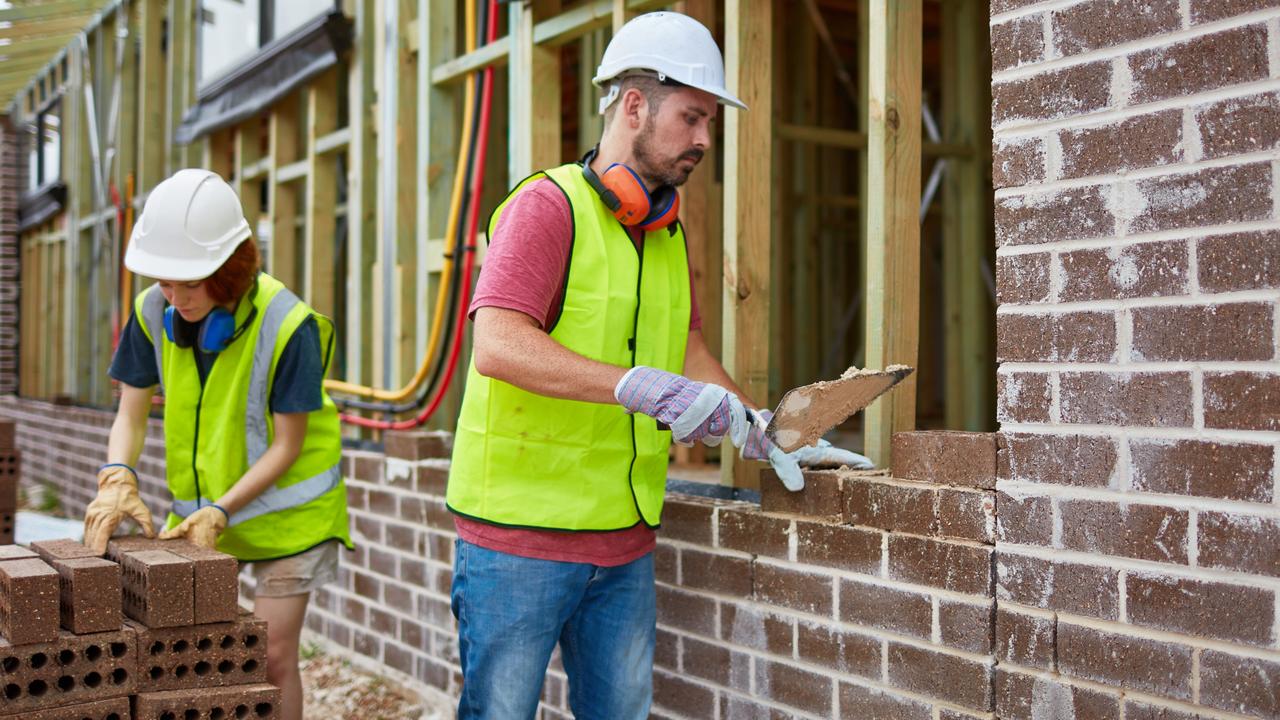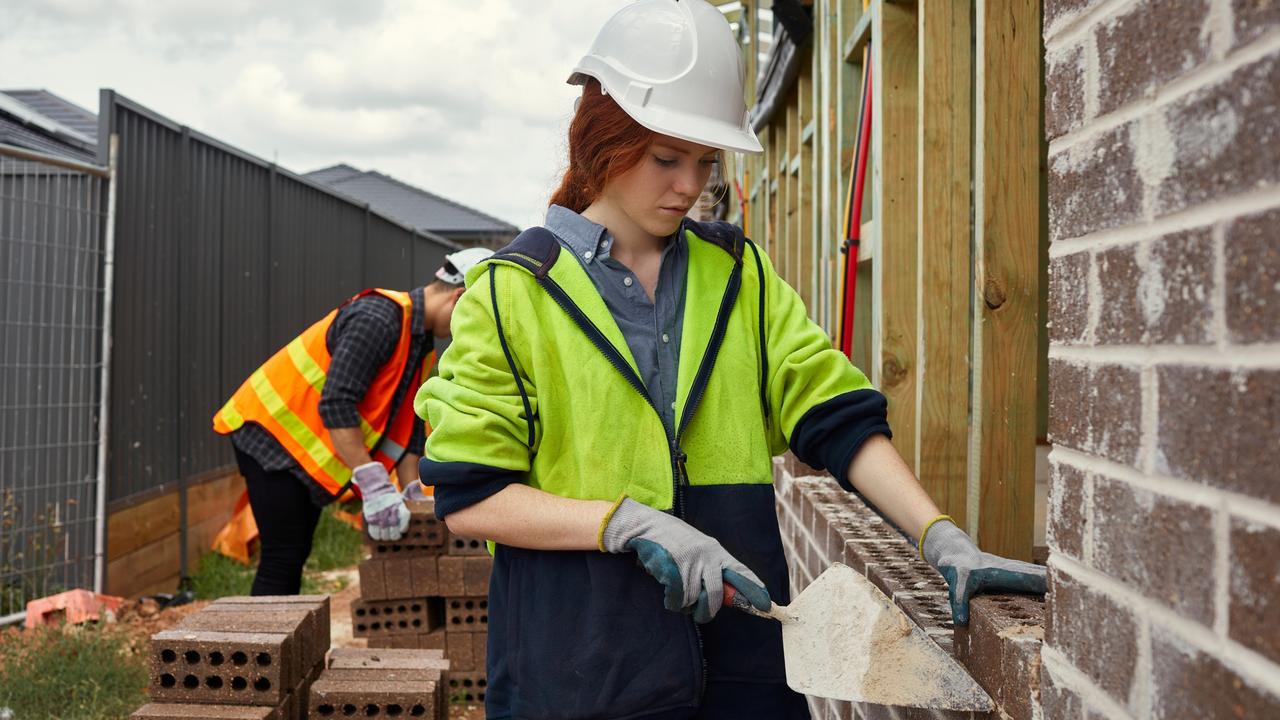Investors who ignore construction costs leave money with the ATO
Real estate investors are battling high interest rates like other borrowers, but many have a way to claw back big bucks.

Business
Don't miss out on the headlines from Business. Followed categories will be added to My News.
Many of Australia’s 2.2 million residential real estate investors are missing out on thousands of dollars each year by failing to maximise one key tax break.
Depreciation deductions – for a home’s construction cost and the declining value of things including carpets, curtains, furniture and appliances – are usually a property investor’s second-largest tax deduction after loan interest.
Rule changes in 2017 took some shine off depreciation deductions by banning them for second hand plant and equipment, such as when investors buy established homes. However, they still allow capital works deductions for construction costs and depreciation allowances for anything the investor buys new.
Uncertainty about the new laws caused many investors to ignore depreciation, mistakenly believing they are not entitled to deductions.
However, an analysis by BMT Tax Depreciation has found even second-hand properties still delivered investors an average $6348 depreciation deduction in the first year they received their tax depreciation schedule.

Its study of around 45,000 schedules from last financial year found the average first-year deduction ranged from $5126 for a pre-1987 property to $15,234 for a brand new property.
“I would say 70-75 per cent of investors are not maximising this deduction properly,” BMT chief executive Bradley Beer said.
“You invest in property to make money – don’t leave your money at the tax office,” he said.
The latest Australian Taxation Office claims statistics, for the 2020-21 financial year, show that of the 3.31 million rental property schedules filed by taxpayers, less than two-thirds included depreciation deductions for household items, while less than half included capital works deductions.
Author, property investor and university lecturer Peter Koulizos said most real estate investors owned only one investment property and many did not believe it was worth paying for professional tax advice.
“They might be saving hundreds of dollars in fees but they could be missing out on thousands of dollars of tax benefits,” Mr Koulizos said.
“As interest rates are relatively high and many investors are now negatively geared, any extra cash in their pockets through claiming depreciation benefits could significantly help their cash flow,” he said.
A depreciation report from a qualified quantity surveyor can cost up to $800 today but it is tax-deductible, lasts for decades, and clients are usually pre-screened to work out whether it’s worthwhile doing one.
BMT guarantees to deliver a first-year deduction double the size of its fee, or the fee is free, and Mr Beer said many people were unaware that older properties still carried decent deductions, especially if they had been renovated.
The capital works deduction alone is typically 2.5 per cent per year of the construction cost over 40 years, so a building that cost $200,000 to build 20 years ago still delivers a $5000 annual tax deduction.
Renovations from years ago can still be deductible capital works. “A 25-year-old kitchen still has 15 years of life worth,” Mr Beer said.
“People think because it’s old there might not be deductions and it might not be worth it,” he said.
“They listen to their mate at the pub who tells them it isn’t worth doing,” he said.
Property investors who previously haven’t got a deprecation schedule should act fast.
“Do it before you do your next tax return, because if you have been missing out you can amend two previous tax returns,” Mr Beer said.
More Coverage
Originally published as Investors who ignore construction costs leave money with the ATO









